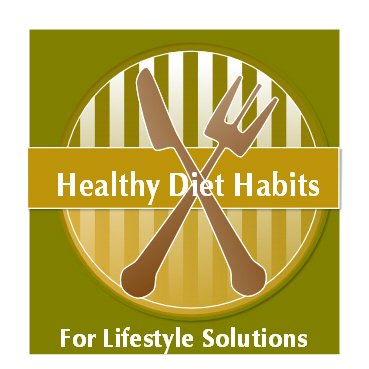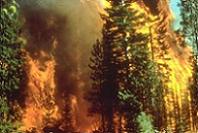Emergency Food Supply
Having an emergency food supply ready to go when a disaster strikes is a healthy diet habit for everyone!
(This page is written by my sister Kerry Bacon of Healthy Diet Habits. She has a Science degree in Dietetics, and lived 5 miles from the 1994 Chatsworth CA earthquake. Read her story of the experience!)
Disasters can happen anywhere at any time and a great lifestyle solution is to be prepared for any situation! Your goal should be to have an emergency food stash that would last up to two weeks, even though you might not need this much! Better to be over prepared than under prepared. You can always bless someone else! Your emergency food supply could be a home-made emergency essentials kit, or a ready-made emergency kit.
Homemade Emergency Essentials Kit
Pros and Cons of a Homemade Emergency Essentials Kit:
- You can store foods that your family is familiar with and likes.
- You can store favorite comfort foods that can give security in a stressful time.
- You can include special foods that are allergy friendly or for babies or kids.
- You can include foods that are easy to prepare, full of nutrition and calories.
- You should include foods that do not need refrigeration, water, special preparation or could be used without cooking. It might be possible to cook items if you have a camping stove and you know there are no gas leaks. These would be any of the foods from the processed food aisles. See Survival Cooking for tips!
- These foods are bulky so will need a storage area in your garage or outdoor shed. You want to store them in an area that is accessible but cool, dry, and dark. See Survival Food Storage for tips!
- This is probably the least expensive choice, because you can gather canned goods on sale.
- You would need to continually rotate canned goods in and out of the storage bins, so they do not pass their expiration dates and remain safe to eat which can be a hassle.
- This can be a time consuming process to gather all of the food supplies that you need.
Ready Made Emergency Kit
Pros and Cons of a Ready Made Emergency Kit:
- Dehydrated foods are used that are lightweight.
- Dehydrated foods are much smaller than canned foods, and take up less space to store.
- You order your meal kit and it arrives, and you store it. It is simple.
- More expensive than making your own food supplies.
- Has a long shelf life that does not need to be monitored. Typically a 25 Year Shelf Life!!
There are pros and cons of each of these alternatives. I would probably recommend using a combination of both of them. In serious emergencies where the power is lost for a long period of time, you will lose all of your refrigerated items fairly quickly if you can get to it. It is best to cook and eat as much of your food before it spoils. Eat all perishable food first from the refrigerator, pantry, or your garden. Then use foods that are stored in your freezer. Limit the times that you open your freezer. Foods should remain safe for a couple of days, as long as they remain frozen. When in doubt, throw it out though.
If it is winter and you have snow, you can bury your frozen or perishable foods in the snow or place them outside. If bears are an issue where you live, (Truckee!), then fill up any ice chests that you have with snow, and put your perishable foods inside. Swap out snow periodically to keep items frozen. When these foods are eaten or thrown away, you will need to begin on your non-perishable emergency foods that you have stored. You will be thrilled that you had the forethought to prepare this wonderful emergency food supply!
Like This Page?
Please Check out my other Websites!

Healthy Diet Habits:

Holidays and Observances
U.S. and World Holidays - Over 6,000 so far!
Emergency Preparedness Related Pages

- Car Emergency Kits
- Emergency Supplies
- Emergency Food Supply
- Emergency Kit
- Emergency Water Storage
- Survival Cooking
- Survival Food Storage





